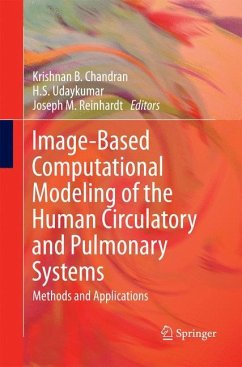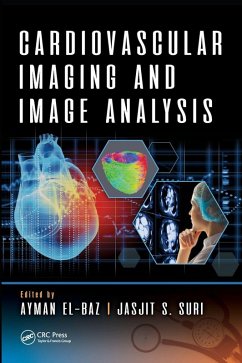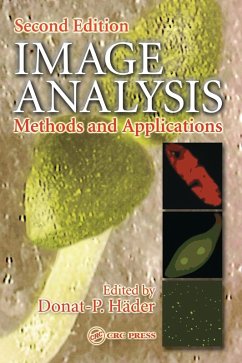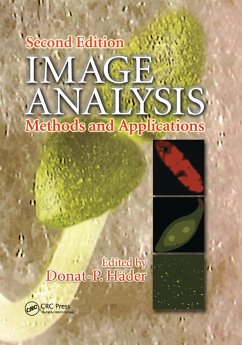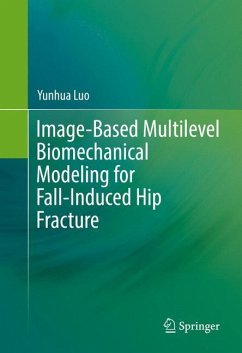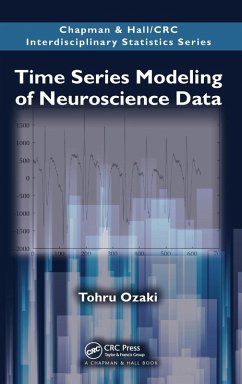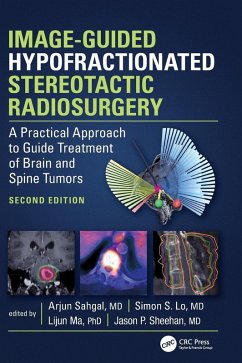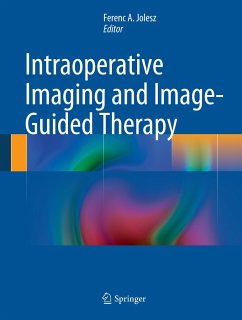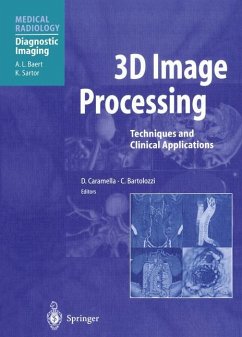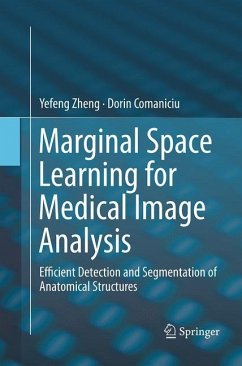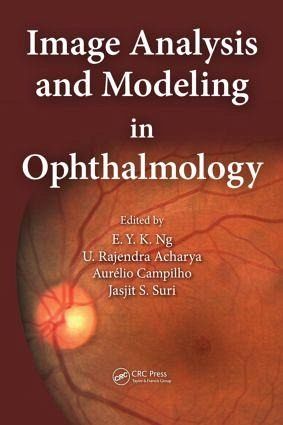
Image Analysis and Modeling in Ophthalmology
Versandkostenfrei!
Versandfertig in 1-2 Wochen
323,99 €
inkl. MwSt.
Weitere Ausgaben:

PAYBACK Punkte
162 °P sammeln!
Digital fundus images can effectively diagnose glaucoma and diabetes retinopathy, while infrared imaging can show changes in the vascular tissues. Likening the eye to the conventional camera, Image Analysis and Modeling in Ophthalmology explores the application of advanced image processing in ocular imaging. This book considers how images can be used to effectively diagnose ophthalmologic problems. It introduces multi-modality image processing algorithms as a means for analyzing subtle changes in the eye. It details eye imaging, textural imaging, and modeling, and highlights specific imaging a...
Digital fundus images can effectively diagnose glaucoma and diabetes retinopathy, while infrared imaging can show changes in the vascular tissues. Likening the eye to the conventional camera, Image Analysis and Modeling in Ophthalmology explores the application of advanced image processing in ocular imaging. This book considers how images can be used to effectively diagnose ophthalmologic problems. It introduces multi-modality image processing algorithms as a means for analyzing subtle changes in the eye. It details eye imaging, textural imaging, and modeling, and highlights specific imaging and modeling techniques. The book covers the detection of diabetes retinopathy, glaucoma, anterior segment eye abnormalities, instruments on detection of glaucoma, and development of human eye models using computational fluid dynamics and heat transfer principles to predict inner temperatures of the eye from its surface temperature. It presents an ultrasound biomicroscopy (UBM) system for anterior chamber angle imaging and proposes an automated anterior segment eye disease classification system that can be used for early disease diagnosis and treatment management. It focuses on the segmentation of the blood vessels in high-resolution retinal images and describes the integration of the image processing methodologies in a web-based framework aimed at retinal analysis. The authors introduce the A-Levelset algorithm, explore the ARGALI system to calculate the cup-to-disc ratio (CDR), and describe the Singapore Eye Vessel Assessment (SIVA) system, a holistic tool which brings together various technologies from image processing and artificial intelligence to construct vascular models from retinal images. The text furnishes the working principles of mechanical and optical instruments for the diagnosis and healthcare administration of glaucoma, reviews state-of-the-art CDR calculation detail, and discusses the existing methods and databases. Image Analysis and Modeling in Ophthalmology includes the latest research development in the field of eye modeling and the multi-modality image processing techniques in ocular imaging. It addresses the differences, performance measures, advantages and disadvantages of various approaches, and provides extensive reviews on related fields.




